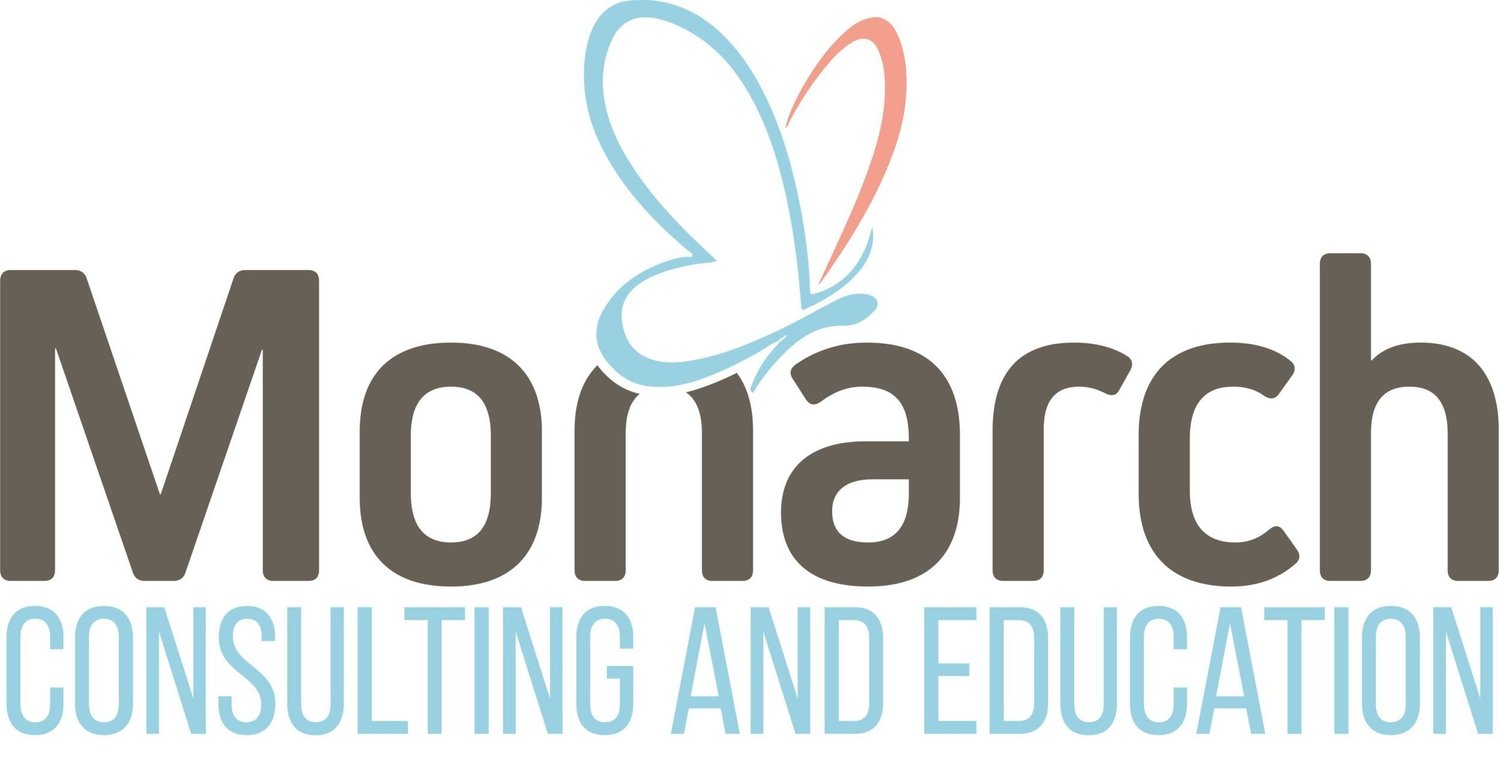Craniosacral and Lymphatic Connection
Cranial Circle N0: 40 “The Craniosacral Lymphatic Connection”
CST ALLIANCE·SATURDAY, FEBRUARY 11, 2017
Lymphatics play a significant role in the circulation of cerebrospinal fluid (CSF). Bruno Chikly has known this for a long time. In his book “Silent Waves” there is a quote from the writings of A.T. Still, “your patient had better save his life and money by passing you by as a failure until you are by knowledge qualified to deal with the lymphatics.”
I took a class late last year on manual lymphatics. The system is really intriguing and I have been studying the topic ever since. It removes cellular wastes but also delivers T and B cells as part of the body’s immune system. This is just the beginning. Among other things, it plays a vital role in returning CSF to the blood stream. In viewing the delivery system of blood in the fetus it is clear, fresh, nutrient-rich blood from the placenta that enters the fetus as the umbilical arterial vessel merges with the ascending vena cava (main venous pathway) of the fetus where it then enters the heart and relies on the heart to distribute the new blood through the fetal arterial system. Importantly, the descending aorta (main arterial pathway) divides into the femoral branches where two other branches return blood to the placenta. Essentially the notion that veins return old blood to the heart and the arteries send new blood from the heart is not true. The notion that all CSF is produced by the ventricles and returns only by way of the arachnoid villae in the meningeal sinuses is also not completely true. Just as veins and arteries have dual roles I believe that craniosacral therapy (CST) and Manual Lymphatic Therapy (MLT) can as well.
Reading about new research on CSF, a large portion of CSF returns by way of pathways including the lymphatics, which contributes approximately 50 percent of that return. In the entire scheme of CST it appears that the quality and efficiency of the lymphatic system enables the efficient production and distribution of CSF by creating more room to produce more new CSF. This seems so obvious to me. We have always taught that we open up pathways of circulation with thoracic inlet diaphragm release before doing vault techniques so the increased circulation of CSF has some place to go. Why not evaluate and clear the lymphatics at the same time?? The ventricles receive arterial flow for CSF production and the lymphatics create evacuation of CSF into the veins creating re-absorption. It is a marvelous addition to the arachnoid villae emptying into the meningeal sinuses and jugular vein. It is an enhancement of flexion and extension, is it not?? Could basic structural CST have a lymphatic component as part of basic technique??
I found this quote from the writings of A.T. Still:
“The lymphatics are closely and universally connected with the spinal cord and all other nerves, long or short, universal or separate and all drink from the waters of the brain.”
Some concepts making the relationship between CST and lymphatic techniques relevant include: Arachnoid villae have been found along the exiting neural sleeves of the spine emptying into lymphatic vessels. CSF exits the head from the eyes, ears, nose and cervical nerve roots emptying into lymphatics. CSF also exits directly into the intercranial blood vessels by way of Virchow-Robin Spaces. Opening pathways of circulation in the thoracic area prior to doing CST vault techniques has been a priority for a long time. Lymphatic circulation is responsible for the re-absorption of at least 50 percent of CSF.
It is time we include the study of lymphatics and basic manual techniques to facilitate lymphatic flow as an essential part of a complete CST curriculum. Look for new class offerings this fall as the CST Alliance moves CST forward with the Craniosacral-Lymphatic Connection. Thanks for reading. Comments welcome.
Happy Day,
Don Ash
I’m excited to help Don with the manual lymphatic drainage piece of this new program! Carmen
Posted in Oncology & Lymphedema Education
